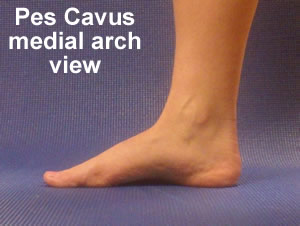
Next, the examiner will touch the posterior tibial tendon, the lateral rearfoot, and the plantar fascia to look for tears, scarring, and other abnormalities. Feet will then be compared for asymmetry. Any flat foot should be apparent immediately. The first will be an inspection of the feet that evaluates them with and without weight-bearing. To determine the severity of your pes planus condition, you will undergo an examination which will consist of a number of tests. The following will break down how the VA rates pes planus and what they will be looking for in order to accept a claim. If flat feet is a condition you are experiencing, you should know that the VA does rate flat feet for disability compensation.


#Bilateral pes planus free
Call Bosley & Bratch at (727) 274-9227 or complete our free veterans benefits case evaluation form.Pes planus can be recognized by the fact that the arch (or arches) of your foot is either touching the ground or is nearly touching the ground. If you or a loved one served, and suffer from pes planus, we are here to help. If a veteran has flat feet and is not able to find relief from their symptoms by using supports they are considered to have a mild, non-compensable condition and will be rated 0%.īosley & Bratch have been supporting veterans in getting the benefits they deserve since 1995. If a veteran’s weight bearing line is over the big toe and not spread out across the entire foot, there is inward bowing of the Achilles tendon, and pain on manipulation or use of the foot, the veteran can be rated at 10% regardless of whether the condition is unilateral or bilateral. calluses) exist, a veteran can received the next highest rating for flat feet. When medical evidence shows a clear deformity of the veteran’s foot, there is pain with use or manipulation, swelling on use, and characteristic callosities (i.e. 30% for pronounced unilateral flat feet.When a veteran experiences marked pronation, inward displacement of the Achilles tendon on manipulation with spasms, and severe tenderness of the plantar surfaces of the feet, they may receive the highest rating for flat feet if the condition is not helped by shoe supports and both feet are affected. The ratings are based on the severity of the symptoms from mild to pronounced flat feet.

You can be rated between a 0% and 50% rating. Frequent high impact physical activity, like military training.Health conditions like rheumatoid arthritis.Dislocated or broken bones in the leg or foot.



 0 kommentar(er)
0 kommentar(er)
